Home Made Kambucha
Kambucha is a drink created by a living organism (Skoby) that ferments sweetened tea. It originated in North East China, and spread to the rest of the world in the early 1900s. The benefit of making it at home (like many products) is A) Quality control B) The ability to try a variety of teas for different effects and C) It is not subjected to mass production and long shelf-lifes.
I’ve found green tea, black tea, white tea, yerba mate and rooibos work best for flavor & effervescence. In order to make your own, bring 1 gallon of water to boil, steep 6-8 bags of tea until desired concentration is achieved, add a cup of sugar, and allow mixture to get to room temperature before adding your Skobe (along with a cup of the previous kambucha tea – called ‘mother’). Cover the mixture with a closed weave cloth (or paper napkin), to prevent contamination & still allow for gas exchange (or ‘breathing’). Note: To date, the only way I know of to get a skobe is from a friend that already has one – every new batch yields an extra layer or ‘baby’ skobe that can then be used (or shared) for it’s own batch.
The longer you leave the Skoby in, the greater percentage of sugar is fermented, creating a more pontent, effervescent and acidic kambucha. Lesser time yields a milder, sweeter taste. My favorite consumption time is at approximately 3 weeks, depending on the climate (hotter ferments faster). These pictures were taken of a batch (1-week in):
How to Grow Your Own Tilapia
Why would you want to grow your own fish at home? Well, for many reasons, not the least of which is the difficulty in buying good, clean fish to eat.
Although Tilpia are a wonderfully healthy food, the majority of fish that you can buy at a store are full of hormones, preservatives and sometimes antibiotics. Large-scale fish farms have to use all of the above to sustain a more profitable operation. As fingerlings, tilapias are ‘sexed’ with hormones to prevent territoriality & mating, which would take away from the goal of quickly growing fat fish. By growing my own fish, I can buy ‘unsexed’ fingerlings, and feed them high quality, clean, organic food – while in a non-contaminated environment.
Another great reason to grow your own tilapia is the fish water, which I personally use to water my fruit trees (to great effect)
In order to grow your own tilapia you will need the following:
1) A 265 Gallon Tote
2) Tilapia seedlings
3) Reverse ozmosis water filter (depending on the quality of your water source …I use Omnipure k2533 JJ ‘Chlorine taste and odor reduction’ from grosite.net
4) Sufficient heating power to maintain the water 80-82 degrees Faranheight …I use a finnex HC810M temperature control heater + 800 watt titanium heating tube and a concurrently a backup 500 watt submersible aquarium heater.
5) 2+ Air pumps, rated together for 5ft depth and the volume of water being used (it says on the units) …I use two Petco AC9904 Pumps
6) 4+ Aerators (for the pumps), large and heavy enough stones to drop to the bottom of the tank. (can be purchased from an aquaponics store)
7) 2 testing kits: 1. For the chlorine in the water 2. To measure the ammonia in the water (both should be close to zero, and can be purchased at a swimming pool supply store).
8) Floating fish feeding ring
9) Good quality, organic pellet fish feed …I use Chengro Organic Koi food for my fish and floaters, fromyourfishstuff for my fingelings
10) ‘Kiddie’ pool (optional to grow duckwheat)
11) Sump pump, a hose, and some buckets ) …I use ‘Superior Pump’ 91250 (1/4 HP submersible thermoplastic utility pump)
The Setup:
First, attain the food grade tote, cut 2 windows (see image below) on the top for fish feeding, observation and maintenance. The tote should be placed in an area that is somewhat sheltered, but yet receives plenty of sunlight. Rinse the tote well, fill with unclorinated (clean water) – the best way to insure the water is clean, is with the reverse ozmosis filter. This is where you test the water for ammonia & chlorine.
Next, connect the pumps with the tubing & aerators, and with the aerators at the bottom, turn on the pumps. Insert your heater, and set water temperature to 82 degrees. To reduce the energy consumption, you can wrap the tote with insulating material.
Run this setup for several days, and place a couple of goldfish (again for several days) to insure the conditions are sufficient for the tilapias survival. If they survive, seed the tank with up to 45 ‘unsexed’ tilapia fingerlings.
Place your floating fish feeder ring & tie it to an outside post so that it is centered under one of your previously cut windows. Fingerlings should be fed 4-5 times/day with enough food to for them to feed for 10 minutes (food should only be placed inside the feeder ring). After 10 minutes remove all uneaten food (as it will cause a spike in ammonia levels in the tank).
As the fish grow, the number of feeding is reduced, the temperature is dropped to 80 degrees, and the protein content of the food is reduced. Weekly water changes must be made, anywhere from 10-20% of the volume of the tank, keeping the ammonia levels as close to zero as possible. The easiest way to do so is with the sump pump, attached to a hose to pump water from the bottom of the tank. The hose then pumps water to your buckets if you wish to use it to fertilize your garden. Replace the vacated water with reverse osmosis or otherwise clean water (make sure to heat the water to similar temperature before re-introducing it).
If you wish to protect the fish from predator birds or jumping out, you can cover the windows of the tote with wire-mesh. You may want to plug your pump into a surge protector with a backup battery, so if your power goes out, the fish do not expire.
Using Duckweed:
I use duckweed, to supplement my fish’s diet. It is a high protein floating aquatic plant that tilapia love. It is not only good for the fish, but it can be easily grown by filling a kiddy pool with fish water (from a water change), and aerating the water. I have added a couple of mosquito fish to keep the somewhat stagnant water from becoming a mosquito breeding ground.
A big advantage of using duckweed as feed is that you do not have to remove any part of what the fish do not eat as it will not pollute the water nor raise the ammonia level.
If you would like to grow your own Tilapia, feel free to e-mail me at [email protected] with any questions you might have.
Primary and Secondary Suffering
How to develop skills to disarm a runaway mind
Primary suffering is unescapable and common to all humans. It is the pain of being alive; being sick, hurting over a loss of a dear familymember or friend, fear of dying etc.
Secondary suffering is that which we create, often as a result of trying to avoid or reject primary suffering.
For example, if my head hurts (primary suffering) and I am able to be with the pain and nothing else then the pain is real but it ends there. However, if my mind begins to run away with thoughts like: Oh my head hurts, it is probably nothing (denial), I wonder when it will go away, perhaps I should take something for it (starting to resist it), I wish this freaking headache will go away (flat our resistance, trying to make it go away), I wonder if this headache has to do with me using my cell phone so much, I read some research that it causes cancer ( creating new story or drama around headache, most of the time just fueled by fear), I do not want to die, I wonder what my kids will do if I die. It will break their heart, I just can’t stand the thought, I have to get rid of this thing, etc. You can see how our mind works, aided by an always vigilant and often over-vigilant ego.
This secondary suffering is usually more difficult to accept and always self created. It uses up a great deal of our resources and robs us from our lives with fear, anger and anxiety amongst other feelings.
The keys:
1- To recognize secondary suffering for what it is, to unmask it. We don’t want to push it away or make it not happen, for if we do that we are now creating a new dynamic of secondary suffering. Often it is enough to uncover the secondary suffering with awareness to diffuseits hold.
2- to learn and practice the art ob being with what is happening in the moment, regardless of what it is, whether pleasant, unpleasant or neutral, no drama, no story no struggle.
– Dr Vinograd
On Anxiety
We all suffer some degree of anxiety as human beings. This is a window into my process with it:
My anxiety is real, it is disconcerting, scary and overwhelming. It is inherent in my humanity, a symptom of chaos. It can not be pushed against or pushed away. However, it is not my enemy either. It is not a monster I need to fear. I know….I can change my relationship with it by understanding it; Understanding that it is a symptom of chaos that comes from change, the inevitable change from my human condition. If my chaos is reorganized it moves to a higher order. If it is not reorganized, anxiety prevails. In order for chaos to reorganize I need containment, LOTS OF IT!
I find containment in my understanding of the source of my anxiety, in honest, mutually supportive friendships, in Centerpointe meditation, in Yoga, in good therapy, in Kabbaslistic meditation in healings. “It takes a village to raise a child” It takes a great deal of containment to disarm anxiety and establish a new relationship with it.
Anxiety is very real, human suffering is real, but so is containment, joy and our own sacredness. Being fully human is about embracing it ALL. It is about coming back home to ourselves, where we can welcome ALL we are……looking at the mirror and saying: What took you so long my beloved.
– Dr Daniel
Just a few personal thoughts on imperfection, as I seek perfection
I don’t have to give up seeking excellence while I EMBRACE human imperfection with conviction, particularly MY imperfection.
My human neurosis (and anxiety) is reduced by the degree to which I accept life (or myslelf) as it is (as I am) and not as I want it to be
My favorite poem by Mary Oliver, speaking about embracing ourselves as we are in all our imperfection:
(my thoughts in parenthesis)
You do not have to be good.
(you don’t have to be perfect)
You do not have to walk on your knees
for a hundred miles through the desert, repenting.
(you don’t have to be unkind to yourself)
You only have to let the soft animal of your body
love what it loves.
(just allow yourself to be what you are)
Tell me about despair, yours, and I will tell you mine.
(we all share this inherent human despair)
Meanwhile the world goes on.
Meanwhile the sun and the clear pebbles of the rain
are moving across the landscapes,
over the prairies and the deep trees,
the mountains and the rivers.
(but embracing our despair, our neurosis, our warts and our imperfections does not mean we can’t embrace and be part of life in all it’s splendor)
Meanwhile the wild geese, high in the clean blue air,
are heading home again.
(once we decide to accept to embrace life and ourselves as it is, as we are, we return home)
Whoever you are, no matter how lonely,
the world offers itself to your imagination,
calls to you like the wild geese, harsh and exciting–
over and over announcing your place
in the family of things.
Beginnings of nonprofit foundation to help prevent crippling oral disease on large numbers of poverty stricken children in Guatemala
I was asked by a friend, who was joining a medical mission to Guatemala as a doctor, if I wanted to join. I went and my life was suddenly changed. I performed hundreds of extractions during this trip, and many hundreds more in subsequent missions. I was painfully, a witness and a protagonist of the crippling of a whole generation. Children would come to the clinic with 9, 10 totally destroyed teeth, a mouth in shambles, full of abscesses. They would leave without infection and relieved of their pain, but also, without their teeth.
In a conversation with my daughter, who has assisted me in some of these journeys, we found that our intervention was not without merit, but it certainly fell short of truly resolving the long term health problems of this community. A new generation of dental cripples is in the making.
It was then that the idea of mass scale prevention, an intervention that was inexpensive, simple and did not require patient compliance was born. We spoke about how the greatest expense in the US for placing sealants is the labor. By training local people to deliver this simple procedure, we could eliminate 80% of the cost. It is simple, it is effective and it works!
I now need help to take this functional model to the next level. To put together small, inexpensive, portable units that could be used to access children in schools, communities and remote areas. Perhaps to start a training center for the specialized dental delivery personnel.
– Dr Vinograd, DDS.
My First Guatemala Mission
I recently visited a Guatemalan remote rural area as part of a Medical-Dental Mission team. I suddenly found myself submerged in three very different worlds.
Helps International was the umbrella organization for our group. It is a missionary medical group dedicated to alleviating health issues in remote under-served regions. Workers from this organization were at the airport to pick us up. I had never been involved with a missionary group since I am not a Christian. I found my team members wonderful, giving, human beings who are truly willing to give of themselves. This altruistic group was very open and respectful to my being Jewish. Throughout the trip, they met every morning for prayers and Christian songs and also prayed before meals. Even though I couldn’t identify with their specific religious practices, I was able to deeply connect with them at a very basic human level; we were all there with the same intentions and a common goals. I soon found myself identifying strongly with most individuals, as well as the group as a whole and found our basic differences and beliefs were easily bridged, as we were hard at work.
Outside the airport, we were greeted by Guatemalan soldiers who were to be our hosts while we worked at a Guatemalan army base in the town of Huehuetenango, about a six hour bus ride from Guatemala city. My previous impressions of Latin American soldiers were not good. I saw them as uneducated, intransigent, macho, and spending too much time smoking marijuana. My experience with them during our ten-day interaction did not match my expectations: I found them helpful, respectful, disciplined, and committed to their country. At the base, we were received by the military marching band and by a group of soldiers who were eager to help us set up our “mash”-like hospital. At night, after a long day of work, we were invited to their gym to play volleyball against them. As it turned out, we integrated into mixed teams of health professionals and soldiers and came away from our matches having forged some warm friendships. I personally had the opportunity to befriend the regional commander who I found warm, appreciative, and highly educated. I also had the opportunity in my dental unit to take care of a number of soldiers who are humble, and appreciative. Upon our departure, they put together a short program with music and warm words.
The third group I had an opportunity to interact with was composed of the members of the local indigenous population. Dressed in their colorful garb, their Sunday’s best, many of them traveled long distances to seek medical/dental care we were providing. In most cases, their oral health was not very good. Most oral cavities I examined were disastrous; requiring in most cases multiple extractions of tooth remnants. Most of them spoke a local dialect but we managed to communicate with the help of sign language, smiles, broken down Spanish, and an occasional interpreter. Most of them were in pain but extremely grateful. Many of them would hug me at the completion of their treatment and they always exhibited an extremely respectful demeanor. The lucky ones that could be attended to at the clinic had manipulated the system in one way or another so they could get a place in the front of the line. However, many locals did not receive treatment, for our time and resources were limited. Those that could not be treated just looked resigned and hopeful that next year their turn will come. A few of them pleaded with us and tugged at our hearts as we felt frustrated not to be able to pull a magic wand out of our pockets and heal them all.
My trip to Hueuetenango was designed in order to provide help and care for those Guatemalans that could otherwise not have the opportunity to be medically treated. However, as it turned out, the healing was also bestowed upon me; in a period of ten days I was immersed in a complex world as three very different cultures merged and the blessing was the profound connection I experienced as a human being, while celebrating our differences.
– Dr Daniel Vinograd, DDS.
Gerson Institute Day 3 Lecture: Dr. Vinograd, Holistic Dental Health
Audio Title: Day_3_Dr._Vinograd_Holistic_Dental_Health
Duration Transcribed: 0:00:01 – 1:16:26
Speakers: Facilitator, Daniel Vinograd, Participants
Transcript
Facilitator: So you heard reference several times this weekend about the importance – excuse me. Ladies and gentlemen, we’re starting. If you could come inside please, that would be great.
You heard reference several times this weekend about the synergistic effects of oral and dental health and health in the rest of your body and unfortunately in modern, medical practice, we act as though one part is completely unrelated to another.
We have a very special guest lecture, Dr. Daniel Vinograd. He’s a holistic dentist and he has been a holistic dentist for 30 years before anybody even had an inkling of what that meant and he is going to tell you far better than anyone else here could about the interplay between those very things. So please welcome Dr. Daniel Vinograd.
[Applause]
Daniel Vinograd: Thank you. Thank you very much. Well first of all, I’m really pleased to be here and I always really relish speaking to groups like yours. I relish the patients that I treat because we are talking about people that are becoming aware. We’ve been sold a bill of goods for so long and this is part of Western culture. We live in a culture where advertising, movies, you know. Constantly we are being told how to think, what to think, what to buy, what to be greedy about, what to be scared of and so it’s very – it’s a great pleasure to be in the company of people that are breaking out of that mold.
I have been practicing biological dentistry for a very, very long time and more than I care to admit. One of the reasons that I did not start practicing holistic dentistry in my first three or four years, I became quite ill around in my late 20s and I could not understand what was happening. There were mental lagoons a bit tired all the time. I felt just really not good and I figured at 28, this is what getting old is about, right?
So I figured, hey, I have to accept it. I’m getting older, right? This is what it feels like. Just by coincidence, I read some articles and I realized that perhaps – and I like many other people were using amalgams back there. I confess. But that was over 30 years ago.
At that point, we were not concerned about a lot of things. We were really basically doing dentistry without masks, without gloves. We’re actually taking amalgams and squeezing them into the trash can, the mercury out and then using it on the patients. So when I actually did some testing, I found that my mercury levels were off the charts.
So slowly I started detoxing. I started doing what was appropriate for the situation. It took me about three or four years but I began to regain my health and as it is for most of us, we’re going to intellectualize a lot of things but truly when we experience something ourselves, then we really become committed. There’s really nothing like life to teach us and nothing like having your own experiences to really get us passionate about something.
So the rest of my life, I’ve been very passionate about holistic living and I’ve been very passionate about holistic dentistry. Back then 30 years ago, not many people were actually working with us and over the years I’ve actually lived what I preach. I pretty much grow a lot of my own food. Actually I have a lot of vegetables. I have a lot of fruits in my area, right on my backdoor and I basically don’t use a lot of chemicals both in my practice and in my own home.
I found that that has really helped me. I mean I’m 85 years old and – no, I’m just kidding.
[Laughter]
Daniel Vinograd: So anyway, when I started 30 years ago, this is the way a lot of my colleagues were looking at me and I felt really isolated. I would say, “Well, why don’t you listen to me? I mean doesn’t this make sense?”
So I was being a little bit outside of the conventional mode of practicing dentistry or even thinking of dentistry and so I was called a quack. I lost a lot of friends over this but I begin to refuse to use a lot of the dental materials that were being used.
So this is basically what I got from my colleagues and a lot of people that I was talking to. There’s another one where you have the monkeys, right? And that would be pretty appropriate for this as well.
When we get outside of our comfort zone, resistance comes up, right? Who has experienced that? I mean it happens. It’s part of human nature, right? Something new comes up. A different way of thinking. Trying to back off from traditional conventional wisdom, if you can call it wisdom.
So this is a lot of what I got. Now I have a very good friend who was born in Mexico City. He’s a very prominent dentist. He takes care of a lot of the artists, a lot of the politicians down there, those excellent dentistry.
When I was going to USC, he was actually working at UCLA. We still remain friends after that. I don’t know if you guys are local or not but there’s a lot of competition between two schools and I kept – he used to work for the Dental Materials Department and he would tell me, “You know, we’re looking at this material and we’re looking at the resistance to abrasion and we’re looking at the resistance to compression and we’re looking at the elasticity.”
And I started thinking, “Well, is this the kind of lingo that we should be using in something that’s going to be going in our mouths?” I mean all we care about is how resistant it is. All we care is about how long it’s going to be in the mouth and I mentioned that to him one time and he said, “What are you talking about?”
A REPRINTED ARTICLE ON THE TRUTH ABOUT MERCURY POISONING AND OTHER PUBLIC HEALTH ISSUES and THE CRIMINAL ELEMENTS BEHIND OUR SICKENING SOCIETY.
“Since John Moore almost died from mercury poisoning in 1974, that highly toxic element has haunted the man.
He now assists those who want to learn and perhaps rescue themselves from the planet’s ubiquitous contaminant. He taught classes to dental and health professionals for three years’ often with up to 100 persons per session.
His expertise was acknowledged by author Tom Warren in the book Reversing Chronic Diseases’ along with fellow researcher Gary Tunsky. The illustration of mercury vapor escaping a mercury seat is taken from Warren’s book. Our interview starts with a half question about that near- death experience…”
Read on..
http://qualityassurance.
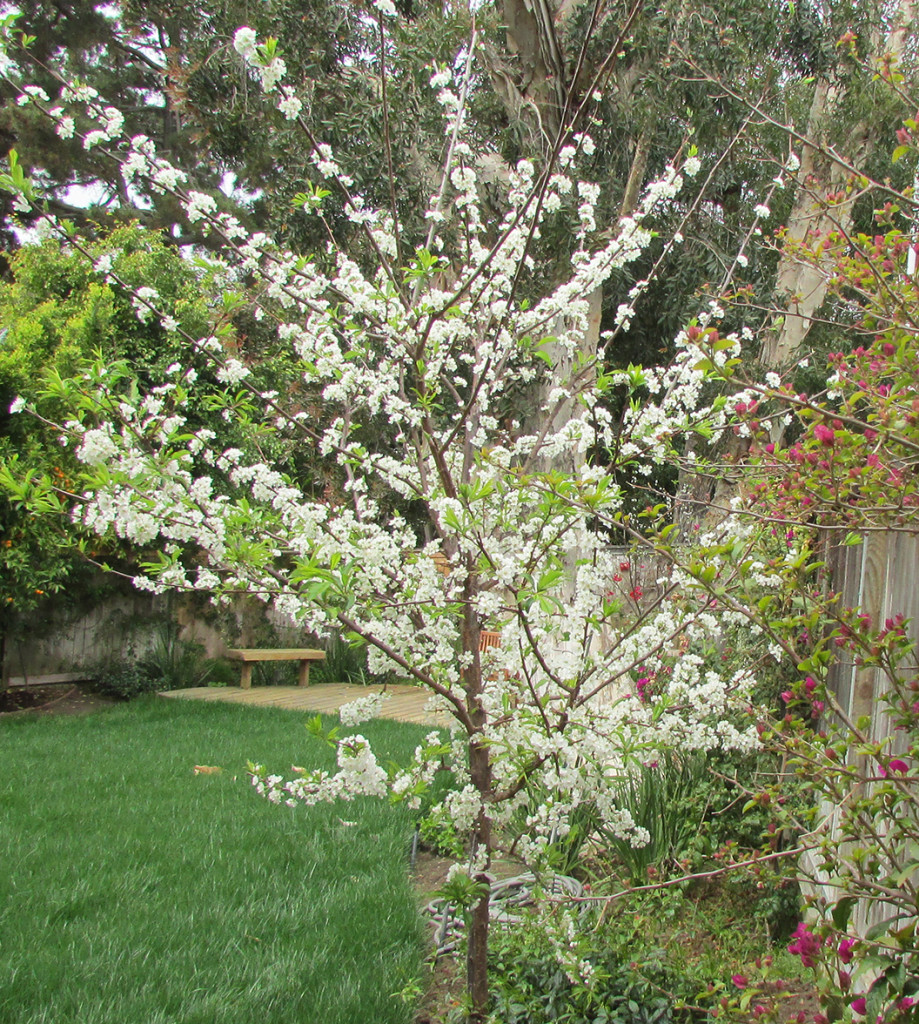
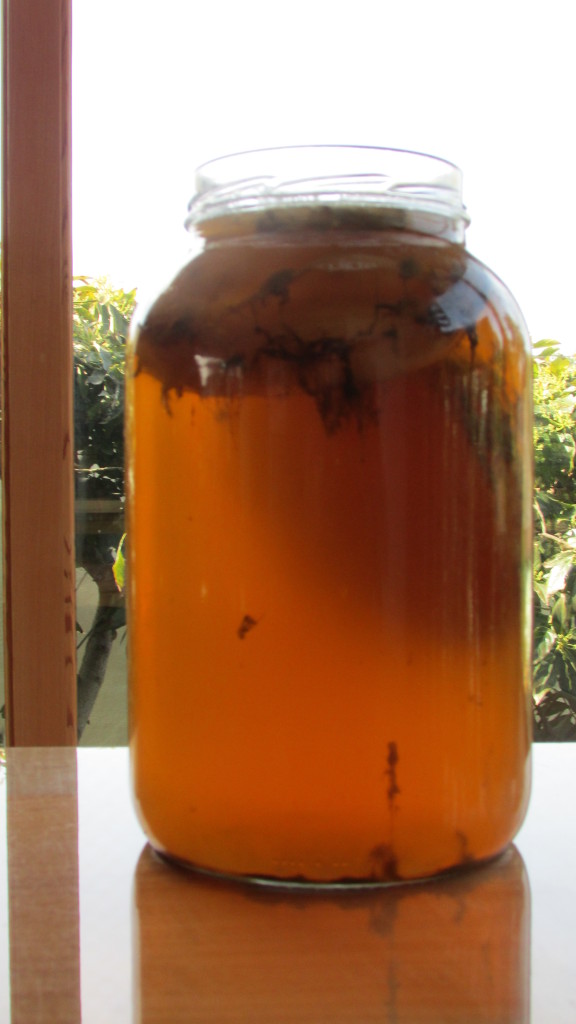
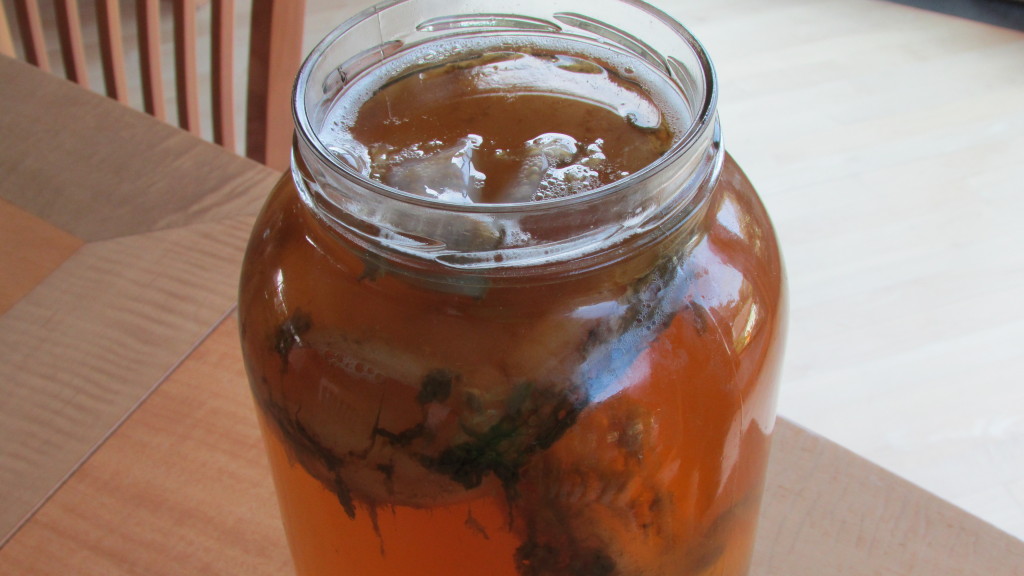
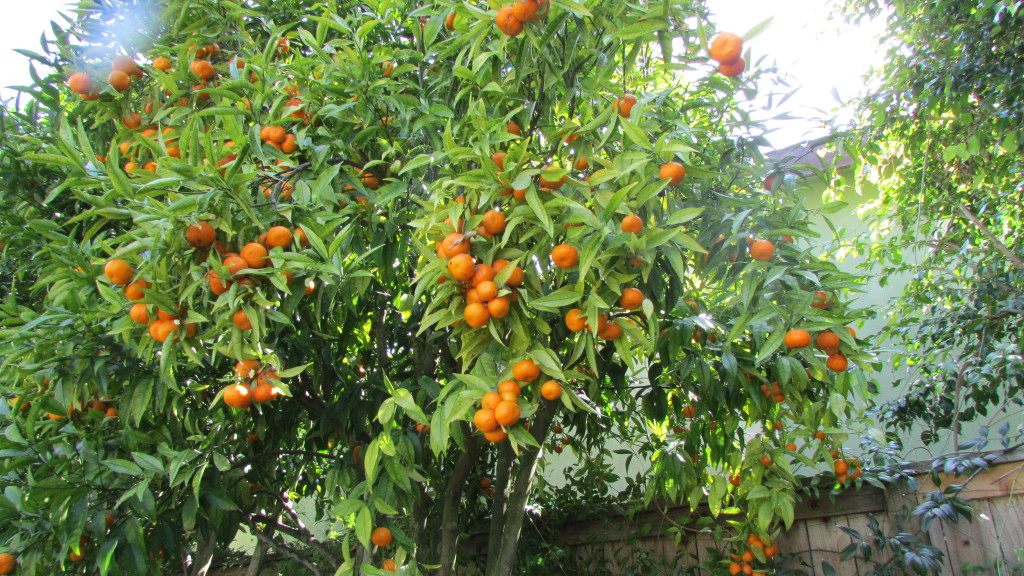
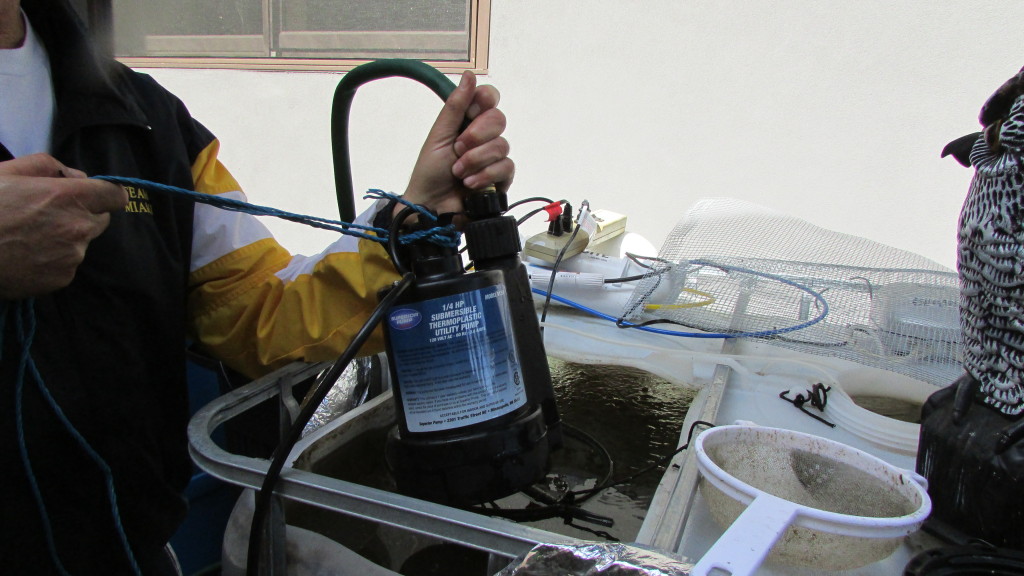
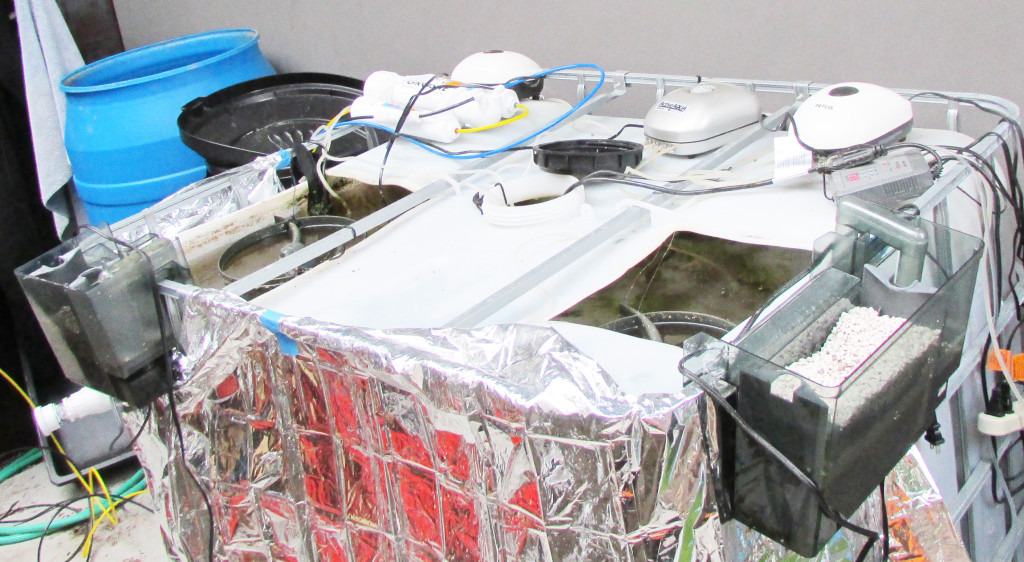




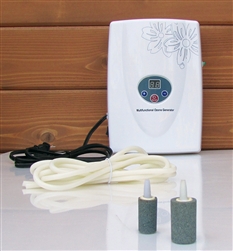 Currently, I know that a number of you have been looking for ozonizers in order to follow my protocol (for prevention of gum disease). They can be found here:
Currently, I know that a number of you have been looking for ozonizers in order to follow my protocol (for prevention of gum disease). They can be found here: 
